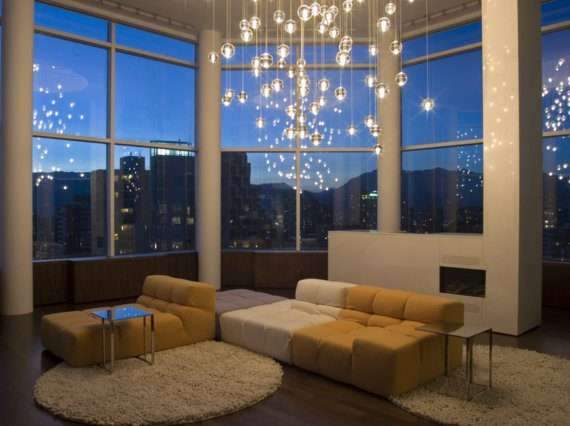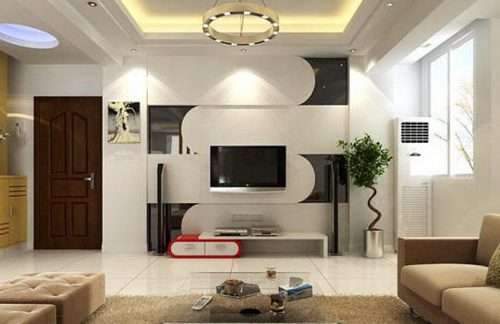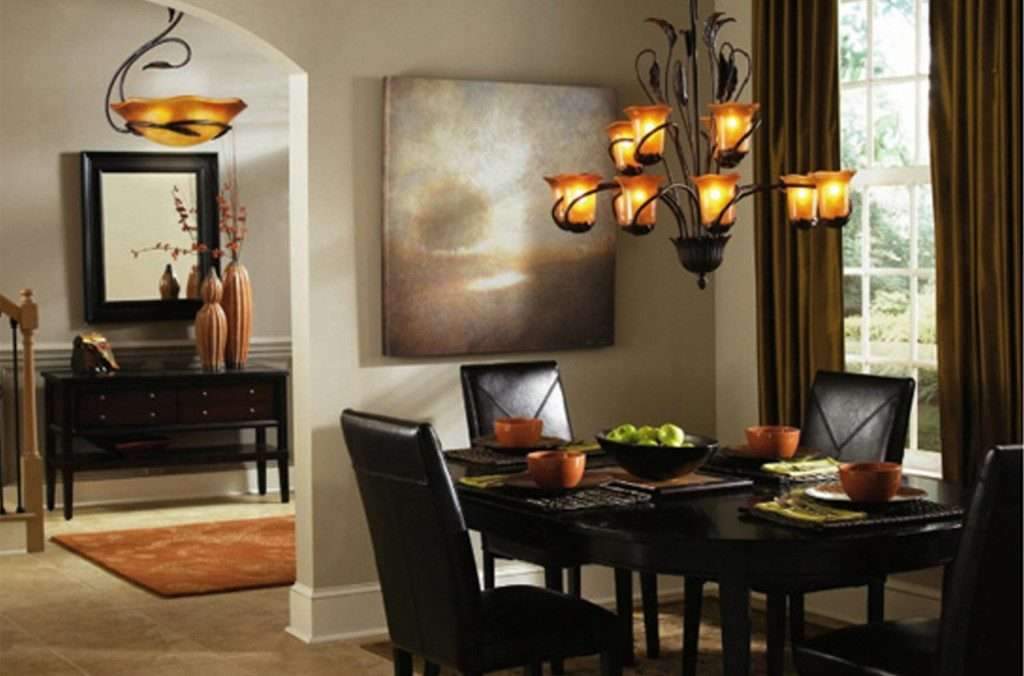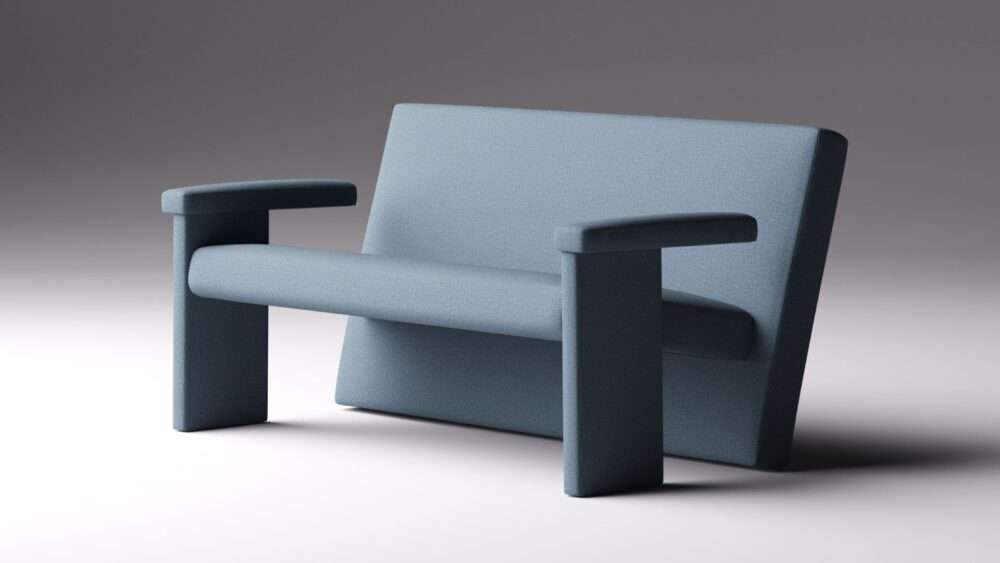It is difficult to find an interior design project without a lighting designer,
sometimes the interior design is excellent, but it lacks good lighting.
Expertly placed lighting can add another dimension to the design,
bringing life to an interior design project.
Great lighting can create height, depth, and cozy spots,
as well as drawing attention to your most impressive areas.
It’s all about balancing light and shade and bringing new energy into the home
Sometimes an architect or interior designer will paint a grid of down lights in their interior plans,
which won’t do justice to what they’ve designed.
Calling in lighting experts to work in unison with an interior designer or architect will maximize the impact of your space.

The importance of lighting in interior design
Lighting is one of the most important elements of design, as good lighting transforms and transforms a space.
It uses light and shade to give the room a feeling of comfort as well as an exciting atmosphere.
For example, we want to highlight artwork on the wall, we need a down light to hit the artwork.
But combined with a darker area around it, this draws our attention to the painting.
The skills of interior and lighting designers are the combination of down lights,
overhead lighting and wall lamps.

In addition to floor lights, hidden lights and accent lights,
integrated architectural lighting and pendants add extensive interest and depth to each room.
They may apply different strategies for different solutions,
they may illuminate special features such as a cross table with flowers,
using a Pole spring down light with a narrow beam.
But they combined it with more general highlighting options.
A beautiful curtain fabric will be lit in a different way, to create bright,
targeted areas for tasks like cooking, reading or working at a desk.

The effect of daylight on interior design
Daylight is a critical factor for all designers, and interior designers and lighting designers will monitor how daylight enters every space they work in.
This will affect where to put everything, but it’s just as important as artificial light.
He notices that daylight streams in the living room’s spacious glass space,
making it appear bright and open.
So interior designers and lighting designers think about how to deal with artificial light,
and they offer different options throughout the day.
A gray afternoon in London looks very different from a bright sunny morning in Dubai and will require different lighting.

Architectural light still plays a role in daylight, as it is used to lighten dark spots in shelves,
add sheen to an important area or to highlight artwork.
LED linear strips will also add warmth to the joinery and key features in your room,
and may be necessary with natural light to add focus and softness.
The main solution is to manage lighting options for different times of the day using a combination of daylight and artificial light.

The effect of artificial light on interior design
Artificial light creates a visual stimulation; people are always drawn to the brightest spot in the room.
Therefore, artificial light is used to highlight specific features in space.
In the kitchen, these could be flowers on a kitchen island or dining table that we will highlight,
and we will also focus on the edges of the room to expand the perspective.
We may add soft light to vertical surfaces such as cupboards using an ambient light,
which creates reflected light off those surfaces.
Having the right functional lighting, preparing a meal, making a drink,
or just seeing what’s inside the cupboards is also vital.
It also uses diffused light for general warmth, and a varied,
well-designed artificial lighting scheme will add brightness, moments of drama, layer and depth.
For more architectural news






